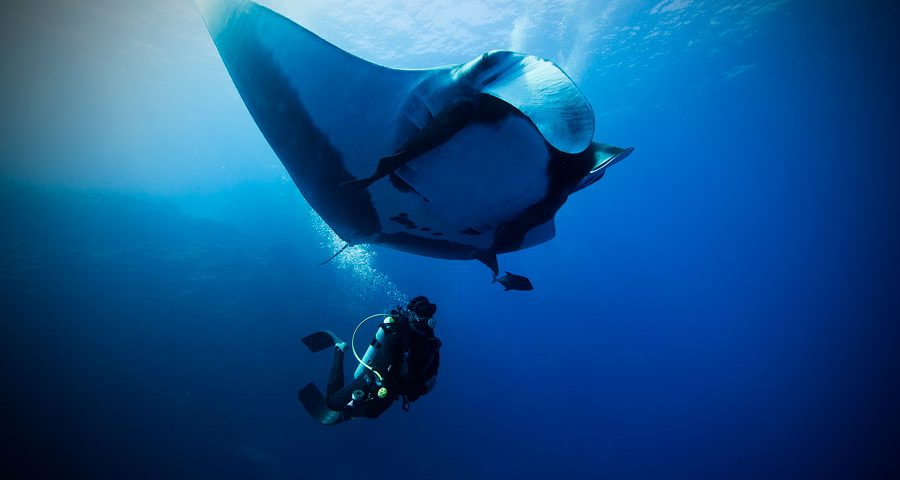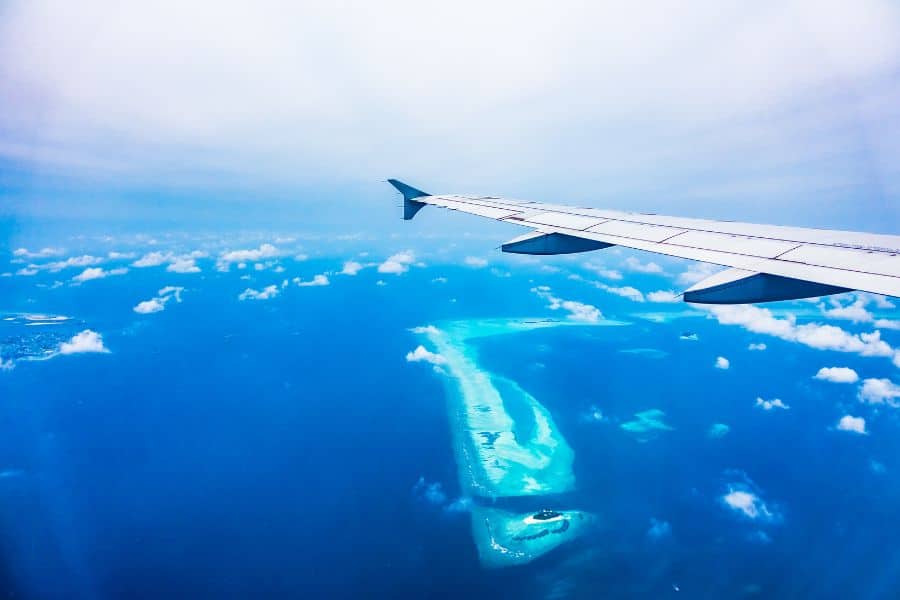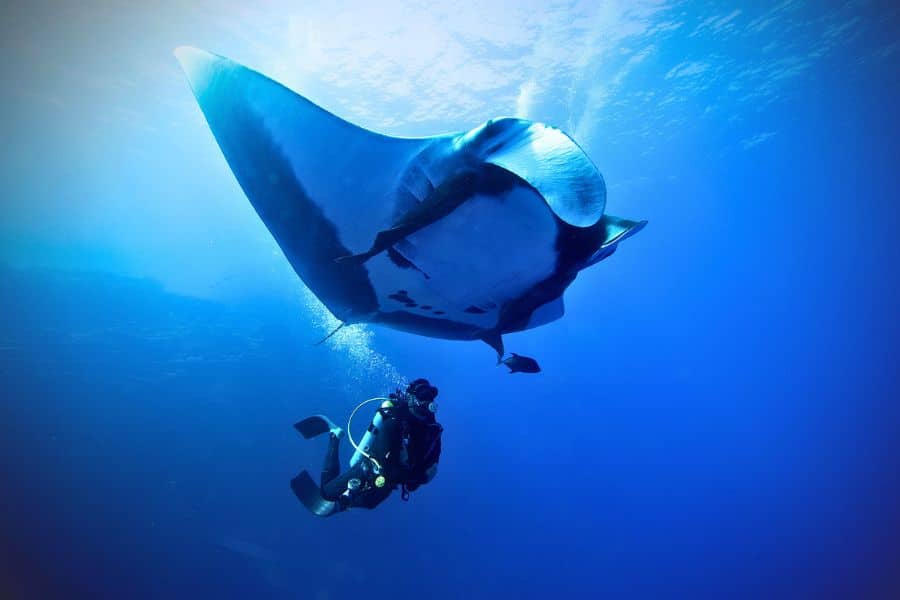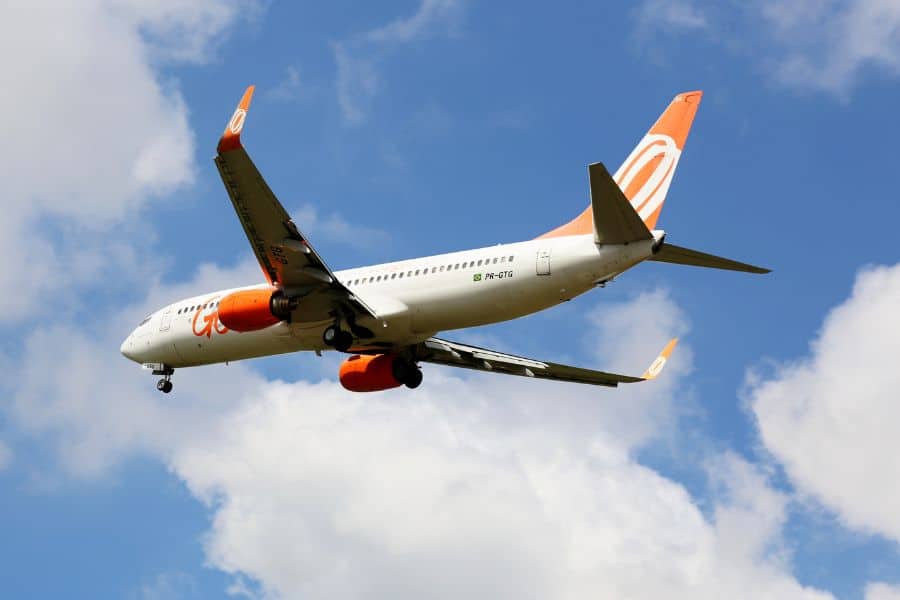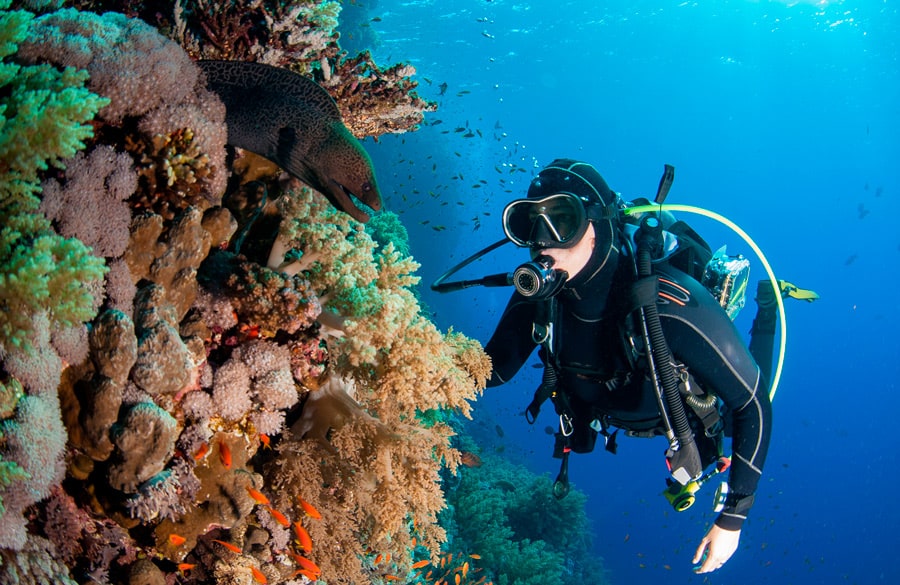Did you know that flying immediately after diving can jeopardize your health? This is a crucial question for all divers, especially when you’re on a diving trip.
You’ve just finished your diving vacation in Cozumel, and now it’s time to head back home. The excitement of one last dive is undeniable, but we can’t forget that there are specific wait times between diving and flying. Failing to respect these times can lead to serious issues, including the risk of decompression sickness (DCS).
The danger of flying after diving lies in how nitrogen dissolves into your body during dives and how that nitrogen can form bubbles when the pressure is quickly reduced during a flight. To avoid health complications, it’s vital to know how long you should wait between a dive and a flight. In this article, we’ll explain everything you need to know about flying after scuba diving, the scientific recommendations, and how to plan your next trip without putting your well-being at risk. Keep reading to ensure you enjoy your dives and flights safely!




